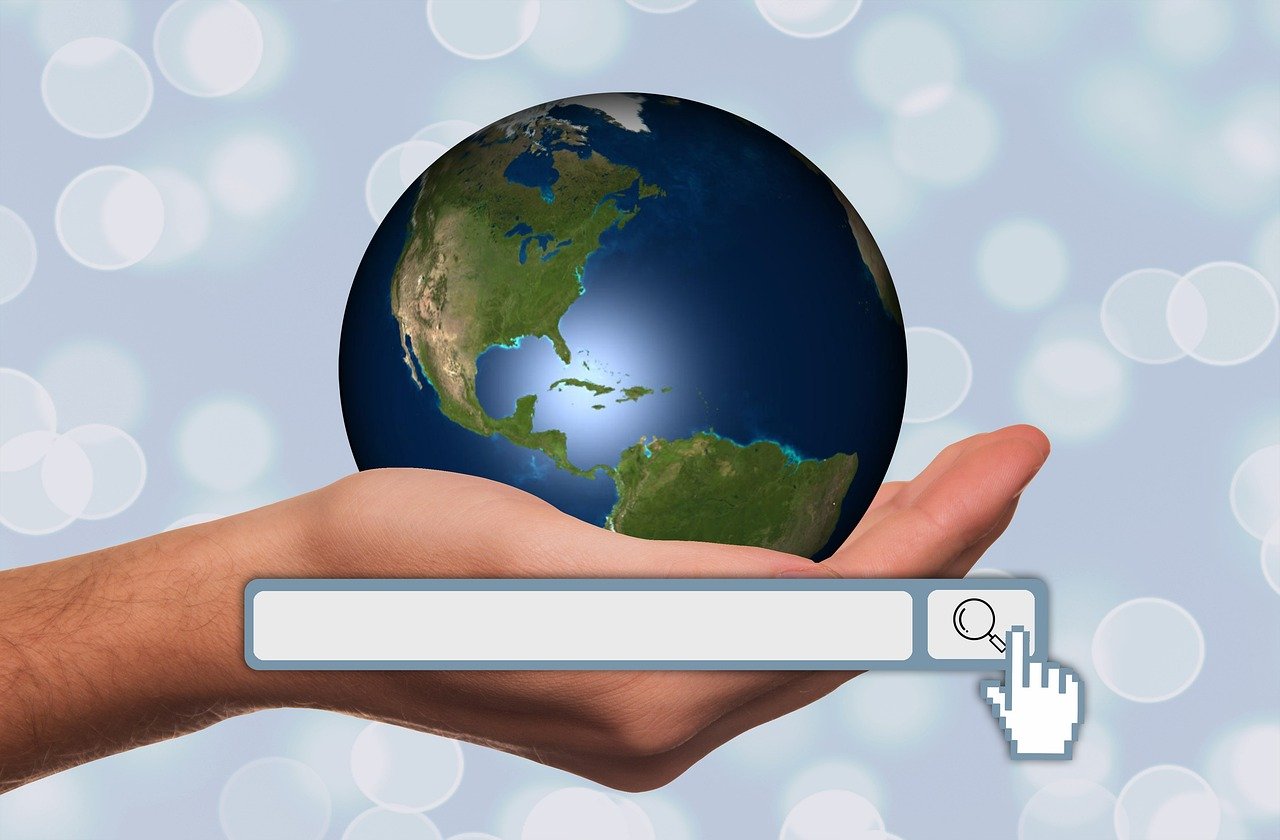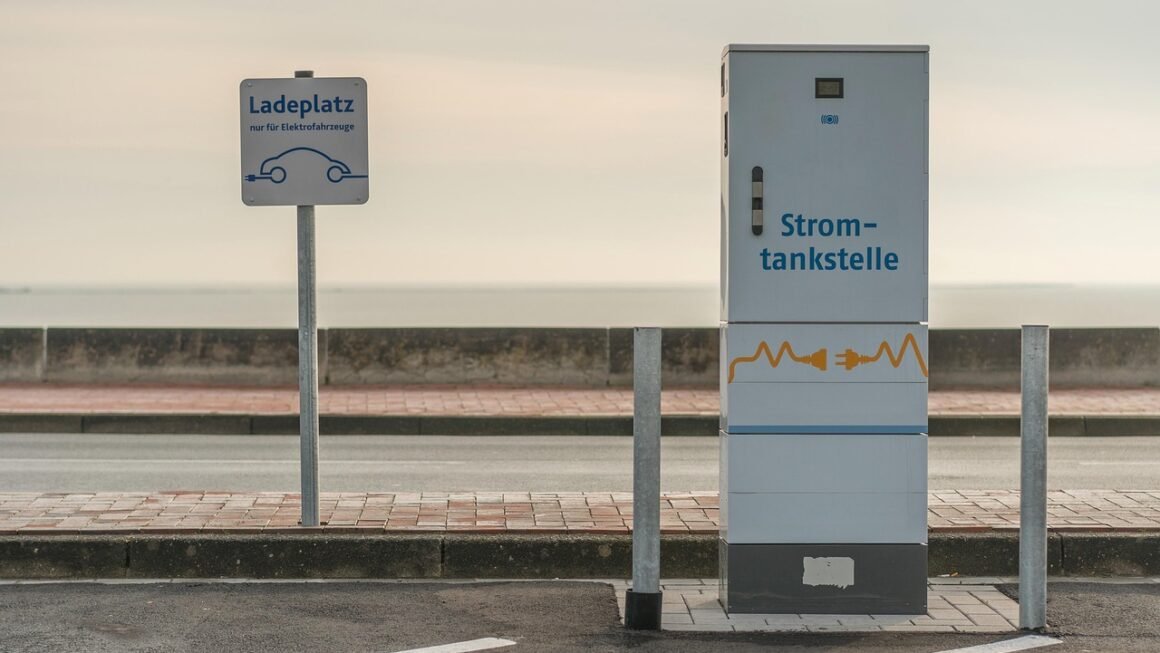Navigating the world of sales can feel like trekking through a dense jungle. Potential customers are out there, but how do you guide them from initial awareness to loyal buyers? The answer lies in understanding and mastering the sales funnel, a powerful framework for visualizing and optimizing the customer journey. This blog post will delve into the intricacies of the sales funnel, equipping you with the knowledge and strategies to convert prospects into paying customers and, ultimately, boost your revenue.
Understanding the Sales Funnel
The sales funnel, also known as the purchase funnel, is a visual representation of the customer journey, illustrating the stages a potential customer goes through from initial awareness to becoming a paying customer. It’s shaped like a funnel because a large number of prospects enter at the top (awareness stage), and a smaller percentage make it through to the bottom (conversion stage). Understanding each stage is crucial for tailoring your marketing and sales efforts.
The Traditional AIDA Model
The traditional sales funnel model is often described using the acronym AIDA:
- Awareness: The prospect becomes aware of your product or service.
- Interest: The prospect shows interest and begins to learn more.
- Desire: The prospect develops a desire for your offering.
- Action: The prospect takes action and makes a purchase.
Modern Sales Funnel Stages
While AIDA provides a fundamental understanding, modern sales funnels often include more granular stages to reflect the complexity of today’s buying processes:
- Awareness: The prospect realizes they have a problem or need.
- Consideration: The prospect researches potential solutions and compares different options.
- Decision: The prospect chooses a specific solution (ideally yours).
- Action (Purchase): The prospect makes a purchase.
- Retention: The customer has a positive experience, leading to repeat purchases.
- Advocacy: The customer becomes a brand advocate and recommends your product/service to others.
Example: E-commerce Sales Funnel
Imagine an online clothing retailer:
- Awareness: A potential customer sees an ad on social media for the retailer’s new summer collection.
- Consideration: The customer visits the retailer’s website and browses different products, reading reviews and comparing prices.
- Decision: The customer adds a dress to their cart and proceeds to checkout.
- Action (Purchase): The customer completes the purchase by entering their shipping and payment information.
- Retention: The customer receives a timely and well-packaged delivery, along with a follow-up email offering a discount on their next purchase.
- Advocacy: The customer loves the dress and leaves a positive review on the website, sharing photos on social media and tagging the retailer.
Optimizing Each Stage of the Funnel
Once you understand the stages of your sales funnel, you can start optimizing each one to increase conversions. This involves creating targeted content and experiences that resonate with prospects at each stage.
Awareness Stage Optimization
The goal of the awareness stage is to attract a large audience and generate leads. Effective strategies include:
- Content Marketing: Creating valuable and informative blog posts, articles, videos, and infographics that address your target audience’s pain points. Example: A blog post titled “5 Signs You Need a New CRM System” for a CRM software company.
- Social Media Marketing: Engaging with your audience on social media platforms and running targeted ad campaigns. Example: Running Facebook ads targeting small business owners with an interest in sales and marketing.
- Search Engine Optimization (SEO): Optimizing your website and content for relevant keywords to improve your search engine rankings. Example: Conducting keyword research and incorporating relevant keywords into your website copy and blog posts.
- Public Relations: Getting your brand mentioned in news articles, industry publications, and other media outlets.
Consideration Stage Optimization
The goal of the consideration stage is to educate and nurture leads, helping them to understand the value of your product or service. Effective strategies include:
- Case Studies: Showcasing how your product or service has helped other customers solve their problems. Example: A case study detailing how a marketing agency helped a client increase their website traffic by 200%.
- Webinars and Ebooks: Providing in-depth information and expert advice on relevant topics. Example: A webinar titled “How to Generate More Leads with Content Marketing.”
- Email Marketing: Sending targeted email campaigns to nurture leads and provide them with valuable information. Example: Sending a series of emails to leads who downloaded an ebook, offering a free consultation or a demo of your product.
- Product Demos: Providing potential customers with the opportunity to try your product or service before they buy it.
Decision Stage Optimization
The goal of the decision stage is to convince leads that your product or service is the best solution for their needs. Effective strategies include:
- Competitive Comparisons: Highlighting the advantages of your product or service over your competitors. Example: A comparison chart showcasing the features and benefits of your CRM software compared to other leading CRM systems.
- Testimonials and Reviews: Featuring positive testimonials and reviews from satisfied customers. Example: Displaying customer testimonials on your website and encouraging customers to leave reviews on third-party review sites.
- Pricing and Payment Options: Offering flexible pricing and payment options to make it easier for customers to buy. Example: Offering monthly and annual subscription plans, as well as payment plans.
- Free Trials and Money-Back Guarantees: Reducing the risk for potential customers by offering a free trial or a money-back guarantee.
Action (Purchase) Stage Optimization
This is where the sale happens! Make the process as smooth and seamless as possible.
- Simplified Checkout Process: Reduce friction by minimizing the number of steps required to complete a purchase. Example: Offer guest checkout options and pre-fill billing and shipping information.
- Clear Call-to-Actions (CTAs): Use clear and compelling CTAs that encourage customers to take action. Example: Use buttons with text like “Buy Now,” “Get Started,” or “Request a Demo.”
- Multiple Payment Options: Offer a variety of payment options, such as credit cards, PayPal, and other popular payment gateways.
- Secure Payment Gateway: Ensure that your payment gateway is secure and trustworthy.
Retention Stage Optimization
Keeping existing customers is often more cost-effective than acquiring new ones.
- Excellent Customer Service: Provide prompt and helpful customer service to resolve any issues or concerns.
- Loyalty Programs: Reward loyal customers with exclusive discounts, perks, and benefits. Example: Offer a points-based loyalty program that rewards customers for every purchase.
- Personalized Communication: Tailor your communication to each customer’s individual needs and preferences. Example: Send personalized email campaigns based on past purchases or browsing history.
- Feedback Collection: Regularly solicit feedback from customers to identify areas for improvement.
Advocacy Stage Optimization
Turn satisfied customers into brand advocates.
- Encourage Reviews and Testimonials: Actively ask satisfied customers to leave reviews on your website and third-party review sites.
- Referral Programs: Reward customers for referring new customers to your business.
- Social Media Engagement: Encourage customers to share their experiences with your product or service on social media.
- Community Building: Create a community forum or social media group where customers can connect with each other and share their experiences.
Tracking and Analyzing Your Sales Funnel
Tracking and analyzing your sales funnel is essential for identifying areas for improvement and measuring the effectiveness of your marketing and sales efforts. Key metrics to track include:
- Website Traffic: The number of visitors to your website.
- Lead Generation: The number of leads generated.
- Conversion Rates: The percentage of leads that convert into customers at each stage of the funnel.
- Customer Acquisition Cost (CAC): The cost of acquiring a new customer.
- Customer Lifetime Value (CLTV): The total revenue you expect to generate from a customer over their lifetime.
Tools like Google Analytics, CRM systems (like Salesforce or HubSpot), and marketing automation platforms can help you track and analyze these metrics. Use this data to continuously refine your strategies and optimize your sales funnel for maximum performance. For example, if you notice a significant drop-off in conversions between the consideration and decision stages, you might need to improve your product demos or offer more compelling competitive comparisons.
Conclusion
Mastering the sales funnel is paramount for achieving sustainable growth and maximizing your revenue potential. By understanding each stage of the funnel, optimizing your marketing and sales efforts, and continuously tracking and analyzing your results, you can effectively guide prospects from initial awareness to becoming loyal customers and powerful brand advocates. Embrace the sales funnel as a dynamic and evolving framework, adapting your strategies as needed to meet the ever-changing needs of your target audience and the demands of the market. Start implementing these strategies today and watch your sales soar!



